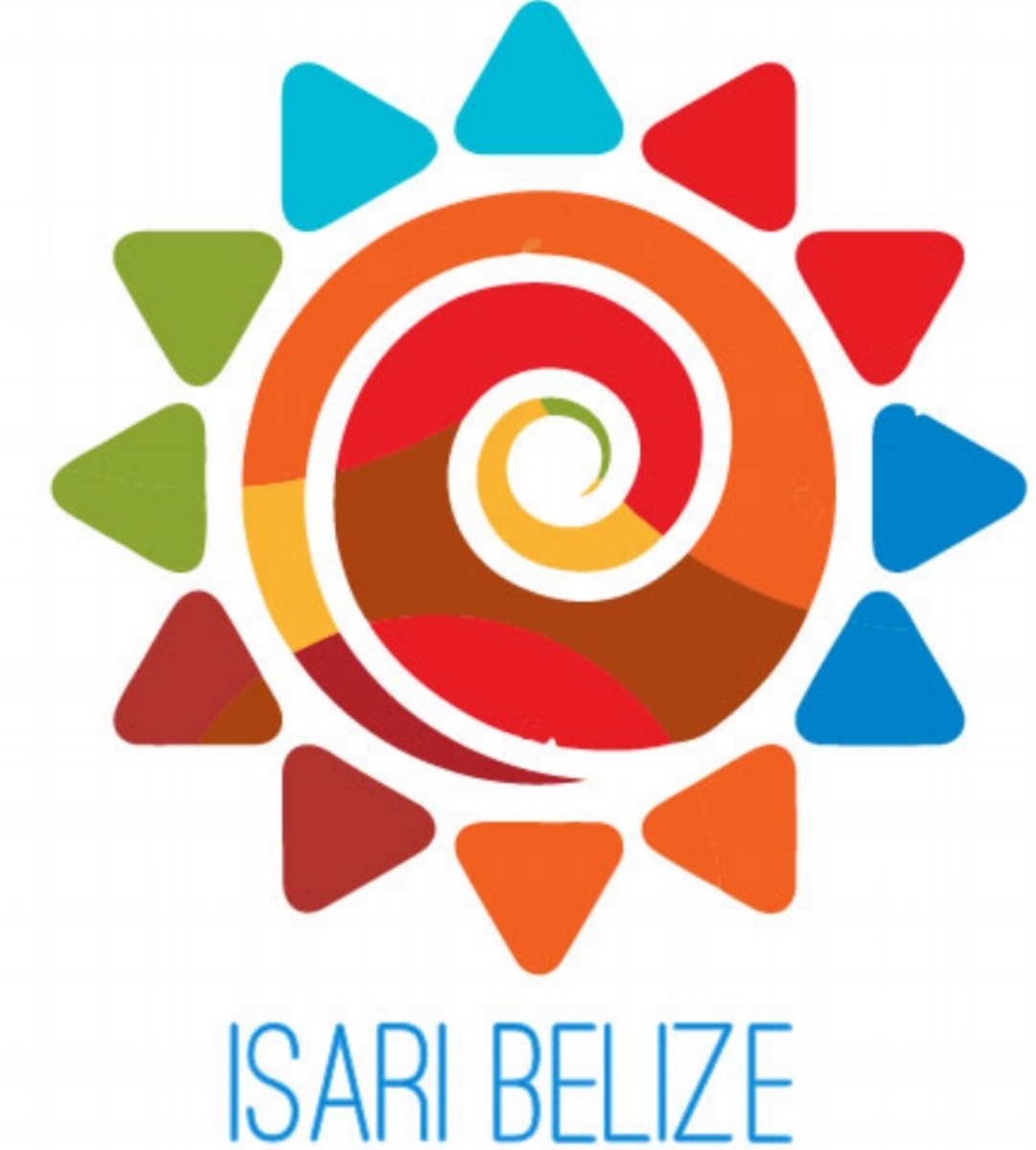Voted "friendliest village in Belize," Hopkins is home to the Garifuna and a selection of shops and restaurants.
Small village store
Hopkins Village is a coastal village in eastern Belize.
Hopkins is a Garifuna village on the coast of the Stann Creek District in Belize. Hopkins is considered by some Belizeans to be the cultural center of the Garifuna population in Belize. The town hosts its own national holiday, Hopkins Day, and welcomes people for their celebration of Garifuna Settlement Day as well. They do this with drum ceremonies that can last till early hours in the morning.
The village is separated into two parts; the Northside (Baila) and the Southside (False Sittee). Hopkins is surrounded by the Maya Mountains and the Cockscomb Range inland, and the Caribbean Sea on its shore.
Today Hopkins is a small but vibrant community of approximately 1,000 villagers. The people live mostly by farming and fishing, and more recently many have found work in the growing tourist industry. The residents are known for their friendliness and genuine hospitality, and welcome visitors to their village. Hopkins has a selection of gift shops, restaurants and small bars. Hopkins was recently voted "The Friendliest Village in Belize" by Belize First Magazine.
Garifuna People
The story of the Gariganu (plural of Garifuna) begins almost 400 years ago, when South American Carib Indians migrated to the Caribbean island of St. Vincent in order to subdue and discipline the native Arawak Indian islanders.
garifuna settlement day
The Garífuna history has been one of constant migration and intermarriage. Oral history records that the Garífuna ancestors, the Arawak Indians, migrated from Guyana, Surinam and Venezuela long before the arrival of the Europeans to the New World and settled in the Greater Antilles Islands in the Caribbean. A second ancestor, the Carib Indians, also migrated from their settlements in the Orinoco Delta in 1220 A.D. and seized the Lesser Antilles. The Carib and Arawak then intermarried and settled predominantly on Saint Vincent Island.
Hopkins beach
Then in 1635, when two Spanish ships shipwrecked in the area, carrying hundreds of indentured Nigerians, many of whom sought refuge on the island among the Carib-Arawak population. This event further added to the ethnic diversity of St. Vincent’s population.
Welcome to hopkins
Anthropologists recognise the Garifuna as a product of ‘voluntary assimilation’, which indicates the peaceful creation of this new ethnic group, over the ensuing years however, the Garifuna of ssaw very little peace.
In 1660, a British peace treaty guaranteed the “perpetual possession” of the island to the Garifuna, but less than a decade later, the British broke the treaty and re-claimed the island as a colonial possession. However, by the mid 1700s (following several generations of prolific reproducing by the Garifuna), it became increasingly evident that the Garifuna were a major demographic force on St. Vincent. They threatened to jeopardise the inherent success of a colonial mission, and the British sent more and more representatives to the island to subdue the native Garifuna.
In 1796 as the Garifuna desperately sought a solution to their imminent enslavement, an intended raid became a defeat for the Garifuna, and the minority of survivors were deported to the Honduran island of Roatán.
The Garifuna flourished and multiplied, and thus when they were again forced to flee following republican revolt in Honduras, they continued their epic exodus in even greater numbers. In 1832, led by the charismatic and ambitious Alejo Beni, a group of Garifuna arrived on the southern Belizean coastline. It is this miraculous marine arrival that is celebrated every November in various Garifuna areas, including Dangriga, Seine Bight, Hopkins and Punta Gorda in southern Belize.
What should be remembered of this era is that, for centuries, the Garifuna people had faced persecution, injustice and demoralization, and yet they still arrived in Belize with an optimistic ambition to serve their ‘new’ homeland and to develop their ‘new’ nation. Today, this magnificent culture can be experienced in the southern region of Belize.
In 2001, UNESCO (the United Nations Educational, Scientific and Cultural Organization) declared the Garifuna culture a “Masterpiece of the Oral and Intangible Heritage of Humanity” – in much the same way as various local marine areas (including several ranges of Cayes) were classified as UNESCO World Heritage Sites.




